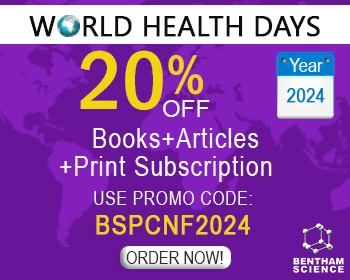Abstract
Background: The importance of polyphenols to curb lifestyle related disorders has also raised the worth of green tea polycatechins. Besides, optimization of extraction conditions is gaining wide acceptance to attain maximum polyphenols out of plant matrix.
Methods: Considering the fact, in the present study, nine green tea solvent extracts were prepared by optimizing solvents; aqueous ethanol, aqueous acetone and aqueous ethyl acetate in 1:1 ratio and extraction time; 35, 50 & 65 min at constant temperature 50ºC to achieve an optimal quantity of green tea polycatechins. Results: The results indicated significant impact of extraction solvents and time on phytochemistry and free radical scavenging potential with maximum potential attained by acetone extracts of green tea at 50 min i.e. total polyphenols 1325.81±64.85 mg GAE/100g, flavonoids 139.78±5.42 mg/100g, DPPH (1,1- diphenyl-2-picrylhydrazyl) inhibition 86.69±4.01%, β-carotene & linoleic acid assay 78.47±3.57%, FRAP (Ferric Reducing Antioxidant Power) value 19.36±0.94 mM/L Fe+2, ABTS [2, 2'-azino-bis(3- ethylbenzothiazoline-6-sulphonic acid)] value 11.10±0.49 μM Trolox Eq/g and metal chelating activity 16.93±0.81 mg EDTA/g. Conclusion: Conclusively, acetone as solvent and 50 min extraction time have proven optimized extraction conditions for green tea polycatechins.Keywords: Green tea, polycatechins, extraction solvents, extraction time, DPPH inhibition, FRAP assay, ABTS assay, β- carotene & linoleic acid assay, metal chelating activity.
[http://dx.doi.org/10.1080/10408390802145310]
[http://dx.doi.org/10.1039/c3fo60203f]
[http://dx.doi.org/10.1080/10408398.2011.623198]
[http://dx.doi.org/10.1080/87559129.2011.563397]
[http://dx.doi.org/10.2174/1573407212666160614075157]
[http://dx.doi.org/10.1016/j.foodchem.2005.03.015]
[http://dx.doi.org/10.1021/jf063141e]
[http://dx.doi.org/10.1016/j.ijpharm.2009.08.023]
[http://dx.doi.org/10.1016/j.foodres.2012.07.057]
[http://dx.doi.org/10.1016/j.fbp.2010.02.003]
[http://dx.doi.org/10.1021/jf302375t]
[http://dx.doi.org/10.1016/j.foodchem.2007.09.008]
[http://dx.doi.org/10.1002/0471458503]
[http://dx.doi.org/10.1016/j.foodres.2009.09.022]
[http://dx.doi.org/10.3390/12030423]
[http://dx.doi.org/10.3923/ijp.2011.400.404]
[http://dx.doi.org/10.1016/j.foodchem.2008.02.072]
[http://dx.doi.org/10.1016/j.lwt.2011.10.025]
[http://dx.doi.org/10.1016/S2222-1808(14)60782-9]
[http://dx.doi.org/10.1080/10942912.2016.1220393]
[http://dx.doi.org/10.1080/10408398.2011.646364]


























